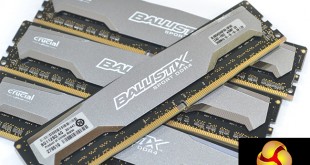
With DDR4 prices being driven down in preparation for the launch of a mainstream chipset supporting the memory type, now can be considered a good time to bag a high density quad-channel kit.
Combining a quartet of 8GB DIMMs in a quad-channel configuration with an operating frequency of 2400MHz and CL16 timings, how will Crucial’s Ballistix Sport set of memory perform in our testing?
Sporting (excuse the pun) a metallic silver heatsink stuck onto black PCBs, Crucial’s Ballistix Sport modules are clearly targeting enthusiasts and power users with a caring for aesthetics. Operating voltage for the dual-sided memory chips is 1.20V, so the heatsink is primarily designed for form over function.
A 32GB kit of DDR4 memory is still an expensive investment to gamers and enthusiasts. But to those content creators, 3D modellers, and virtual machine operators who can rapidly gobble up memory resources, a 4x8GB set can make sense over the logical 16GB alternative.
In order to meet the 8GB capacity requirement per DIMM, Crucial squeezes eight DDR4 DRAM chips onto each side of the memory’s black PCB. The chips will be manufactured by Micron given that this is the effective parent company behind Crucial.
The Extreme Memory Profile (XMP) is set to operate at 2400MHz with slightly loser timings than is the norm – 16-16-16-39.
I think that Crucial’s heatspreader design is smart. Two thin strips of metal dissipate what little heat energy the 1.20V DRAM chips output. Knowing that DDR4 memory does not output a significant amount of power and can therefore be cooled with relative ease, Crucial chooses not to extend the heatspreaders above the PCB.
This is a smart move which has significant benefits for users with a large CPU cooler. There is unlikely to be worry of interference given that the motherboard socket positioning and proximity to DIMM banks should be accounted for within the CPU cooler design.
Perhaps the only negative in regard to heatspreader design is the choice of colour. Boutique system builders may struggle to match components or stick to a theme with the metallic silver colouring. That said, the contrast with the black PCB is eye-catching in its own way.
Specifications:
- Model Number: BLS4C8G4D240FSA.
- Compatible with Intel X99 chipset and Haswell-E processors.
- Frequency: 2400MHz (PC4-19200).
- Timings: 16-16-16-39.
- Voltage: 1.20V.
- Quad Channel Kit: 32GB (4x 4GB).
- XMP 2.0 Ready.
- Lifetime Warranty.
Our testing is conducted using an Intel Core i7 5960X processor with an Asus X99 Deluxe motherboard.
The Crucial Ballistix Sport 2400MHz 32GB memory kit's XMP configuration is: 2400MHz 16-16-16-39 @ 1.20V.
DDR4 Memory Test System:
- Processor: Intel Core i7 5960X Engineering Sample (3.5GHz all-core turbo).
- Motherboard: Asus X99 Deluxe (BIOS 1601).
- Graphics Card: Asus R9 280X Matrix Platinum 3GB.
- System Drive: 500GB Samsung 840 SSD.
- Power Supply: Seasonic Platinum 1000W.
- Operating System: Windows 7 Professional with SP1 64-bit.
Comparison memory:
- ADATA XPG Z1 2400MHz 16GB (AX4U2400W4G16-QRZ).
- G.Skill Ripjaws4 2400MHz 32GB (F4-2400C15Q-32GRK).
- G.Skill Ripjaws4 3000MHz 16GB (F4-3000C15Q-16GRR).
Tests:
- SiSoft Sandra 2014 SP2 – Memory bandwidth test.
- AIDA64 Engineer 5.00.3300 – Memory latency test.
- Cinebench R15 – All-core CPU benchmark.
- Super Pi – 32M test.
- HandBrake 0.9.9 – Convert 4.36GB 720P MKV to MP4.
- 3DMark 1.3.708 – Fire Strike.
- Bioshock Infinite – 1920 x 1080, ultra quality.
Sandra Memory Bandwidth
AIDA64 Memory Latency
Memory bandwidth for Crucial's 2400MHz CL16 Ballistix Sport kit is slightly behind that of G.Skill's tighter Ripjaws4 set running at the same speed. Looser timings put clear daylight between the Crucial kit and G.Skill's CL15 competitor in the memory latency test.
The dual-sided, higher density nature of 8GB DIMMs provides a win for the 32GB Crucial kit over a 16GB 2400MHz competitor in terms of overall memory bandwidth.
Cinebench R15
We used the ‘CPU’ test built into Cinebench R15 to measure the effect that system memory has on computational performance.
Super Pi 32M
We used the '32M' test in Super Pi to analyse the effect that system memory has on single-threaded performance.
Handbrake Conversion
We measured the average frame rate achieved for a task of converting a 4.36GB 720P H.264 movie (in the MKV container) to one in the MP4 container.
Cinebench took a consistent liking to the 2400MHz Crucial Ballistix Sport memory. This small points lead is within the benchmark's margin of error, although the consistency of the result may imply that the Micron DRAM chips have a little more to offer in terms of Cinebench performance.
Super Pi and Handbrake video conversion saw Crucial's kit matching the performance of G.Skill's 32GB Ripjaws4 with an identical operating speed.
3DMark
We used 3DMark‘s ‘Fire Strike’ benchmark which is designed to be used on gaming PCs. We opted for the Normal setting, NOT the Extreme mode.
Bioshock Infinite
We used the Bioshock Infinite demanding ‘Ultra’ setting and a 1920×1080 resolution to push today’s gaming hardware. Our data was recorded using a section of the game, not the built-in benchmark.
3DMark showed consistently higher performance for the Crucial Ballistix Sport result. The consistency of the higher scoring test results would imply that the underlying Micron chips are well-rewarded in 3DMark, although there's also the point for a different item in the test system skewing this very small points victory in Crucial's direction.
As far as gaming with Bioshock Infinite at a 1080P resolution is concerned, memory is memory – irrelevant of speed and capacity.
For overclocking, we will test a number of higher memory operating frequencies based off motherboard dividers. Memory overclocking can be a never-ending balance procedure when the tweaking of timings and voltage is taken into account.
As such, we have decided to see what frequency the memory is capable of when running at the common 15-15-15-35-2T timings and 1.35V. This represents a ‘quick-and-easy' overclock with minimal tweaking and allows the performance of higher-priced kits to be targeted.
Stability is certified by running a session of Prime95 in its Blend mode, Sandra’s intensive Memory Bandwidth benchmark, AIDA64′s latency test, and Bioshock Infinite.
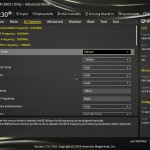

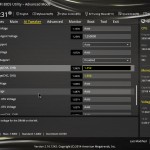
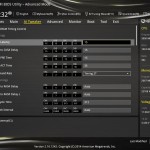
Our set of Crucial Ballistix Sport 32GB 2400MHz memory found its highest stable frequency at 2666MHz using 15-15-15-35-2T timings and a 1.35V DRAM voltage.
We managed to achieve a stable memory overclock of 2666MHz. This consisted of a 100MHz base clock, 100:133 BCLK:DRAM frequency ratio, and a 20x memory divider.
It was possible for our kit to boot at a memory frequency of 2750MHz using a 125MHz base clock and loosened timings. However, the application of the 125MHz BCLK divider resulted in worse performance than the 2666MHz setting.
Our validation running at a 2666MHz DRAM frequency can be viewed here.
We test the memory kit’s performance at the overclocked settings. The stock speed results are graphed to show the performance gains (if any) that are obtained from overclocking.
Noteworthy improvements in memory bandwidth and latency are achieved via overclocking, however these gains have very little (or, if taking benchmark accuracy into account, no) effect on real-world performance in Bioshock Infinite.
The stability point of 2666MHz CL15 does, however, make this set of Crucial memory able to operate at identical speed and latency settings as higher-priced kits on the market.
The Crucial Ballistix Sport 2400MHz 32GB DDR4 memory kit is a cost-effective set of DIMMs that provides a good solution for users with workloads reliant upon large quantities of memory but without much preference for enhanced frequency performance.
The Micron-infused Crucial DIMMs are able to compete closely with Samsung IC-based G.Skill memory of an identical capacity and operating frequency. There seem to be some occasions where the Micron ICs used by Crucial, despite their increased latency, register greater benchmark scores. This, however, is heavily tied to the accuracy of our benchmarks, especially when the granularity of performance differences is so fine.
It was good to see the ease by which we were able to achieve stable memory frequencies of 2666MHz and above. Enhanced frequency possibilities, with tighter timings, give users the potential to push their memory speed in order to increase bandwidth. With a single sample, we cannot speak for the overall overclocking performance, however we can say that our results shine a positive light on the quality of Crucial's Ballistix Sport DDR4 modules.
The Ballistix Sport modules' styling is unique and while the silver heatspreader colouring may be hard to match in a system build, the non-interference dimensions will be welcomed by users with large air CPU coolers.
Widely available at less than £200 for the 32GB kit, Crucial is leveraging the DRAM manufacturing power and direct supply from Micron in order to hit a particularly aggressive price point. In a market where pricing can play such a critical role in purchasing decisions, the quality and smart design of Crucial's Ballistix Sport 2400MHz 32GB DDR4 memory kit may be the additional factors that warrant a purchase.
You can buy from DABS for £185.31 inc vat.
Discuss on our Facebook page, over HERE.
Pros:
- Very aggressive pricing for a 32GB kit.
- Smart heatspreader design that does not extend above the PCB.
- Potential for solid overclocking gains and tightened timings.
- Black PCB.
Cons:
- Metallic silver heatspreader colour may not appeal to all.
- 16-16-16-39 stock timings are looser than typical competing 2400MHz options.
KitGuru says: A very aggressively priced set of high capacity memory with the value factor on its side.
 KitGuru KitGuru.net – Tech News | Hardware News | Hardware Reviews | IOS | Mobile | Gaming | Graphics Cards
KitGuru KitGuru.net – Tech News | Hardware News | Hardware Reviews | IOS | Mobile | Gaming | Graphics Cards


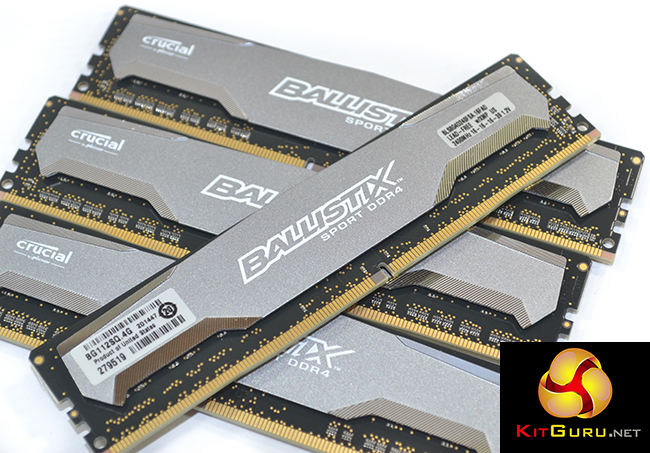
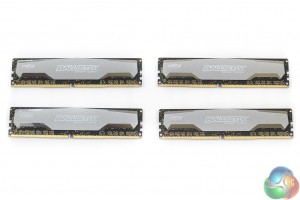
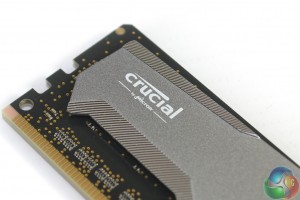
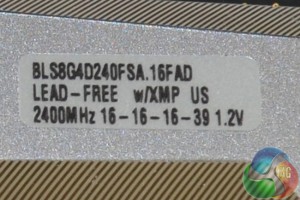
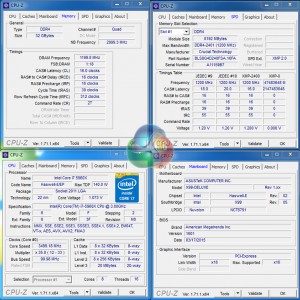
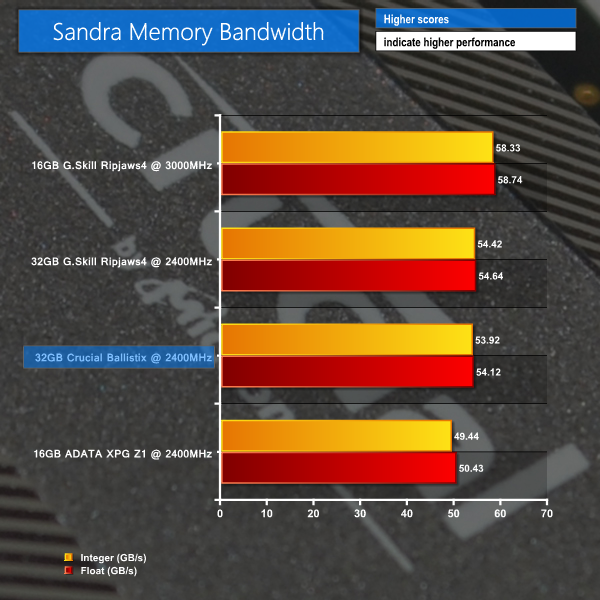
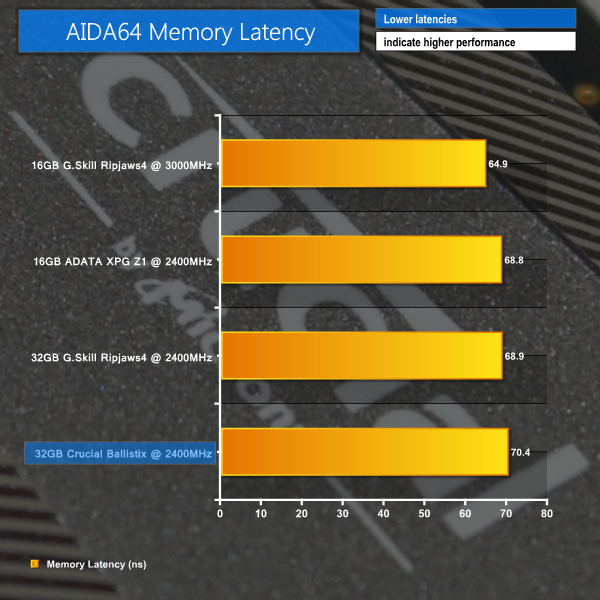
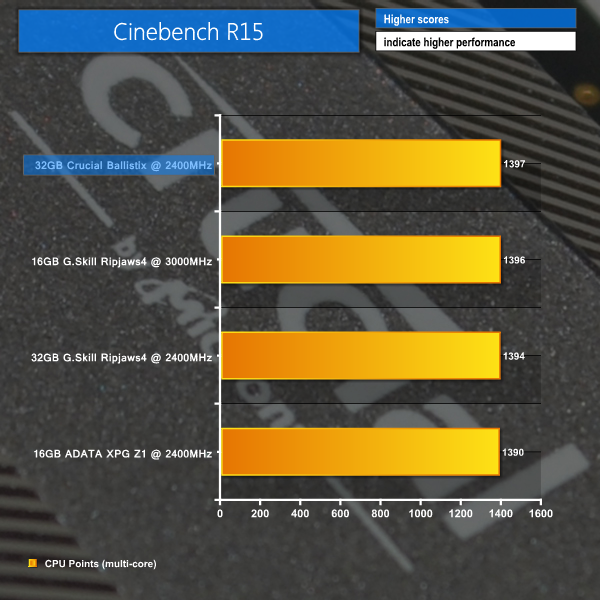
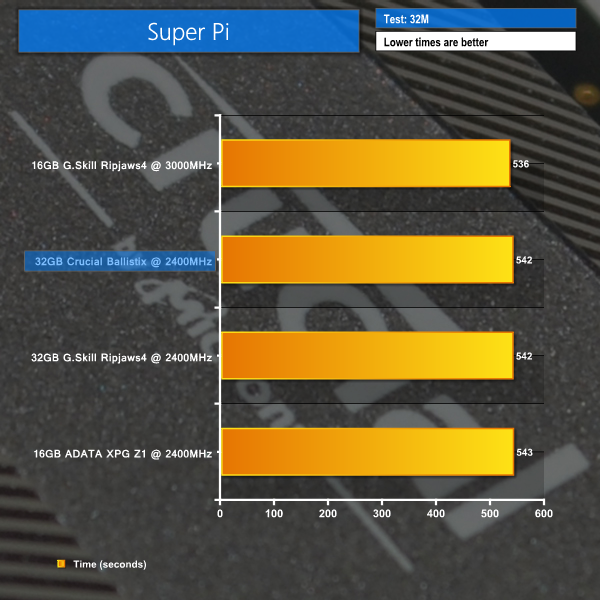
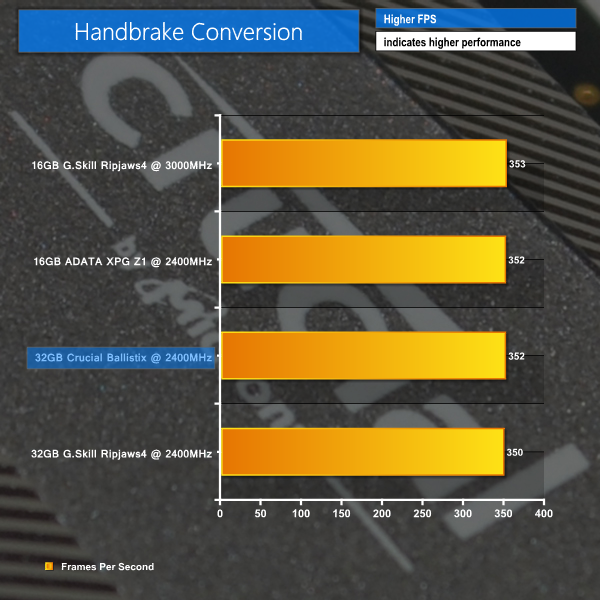
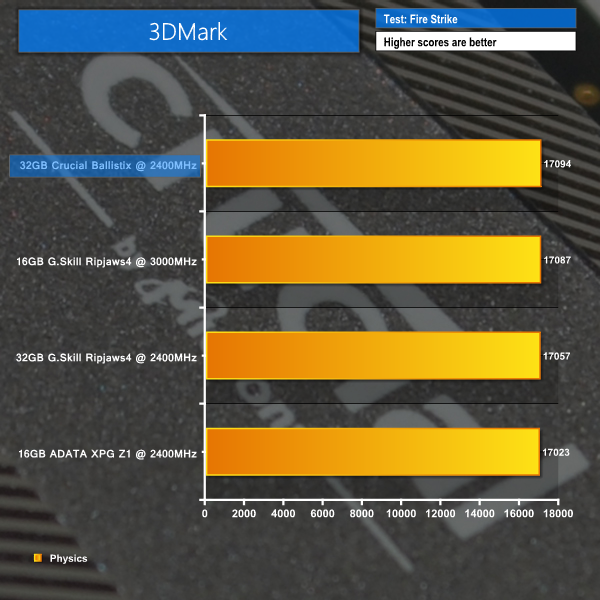
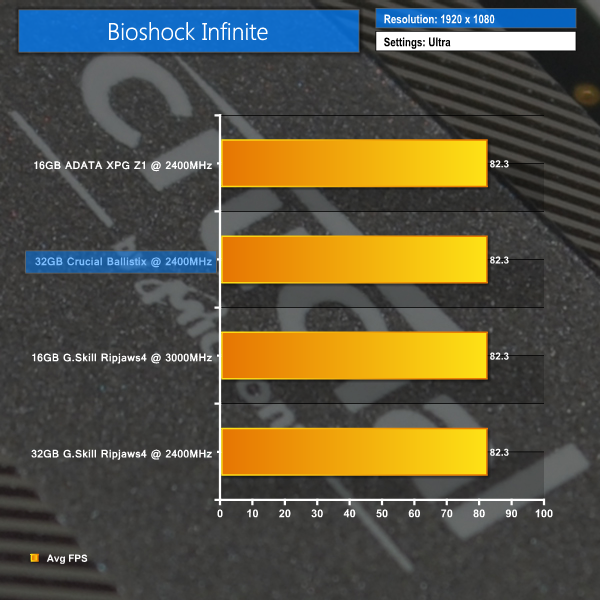
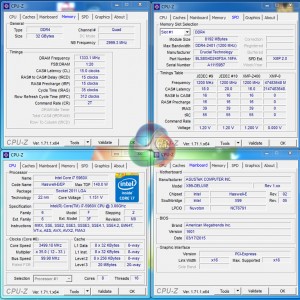
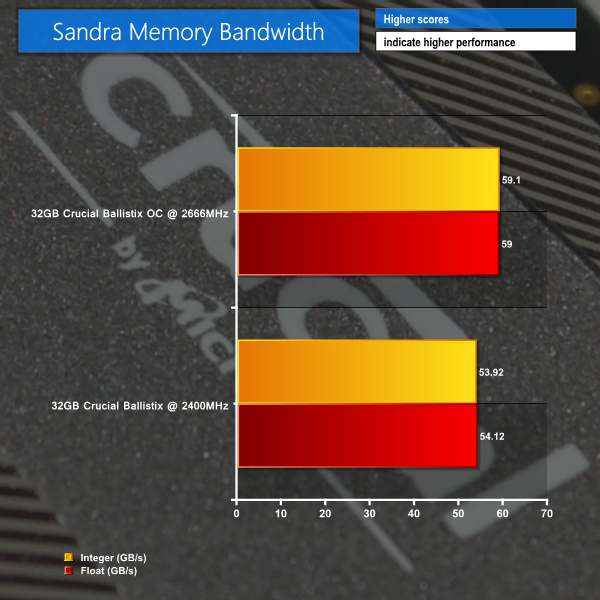
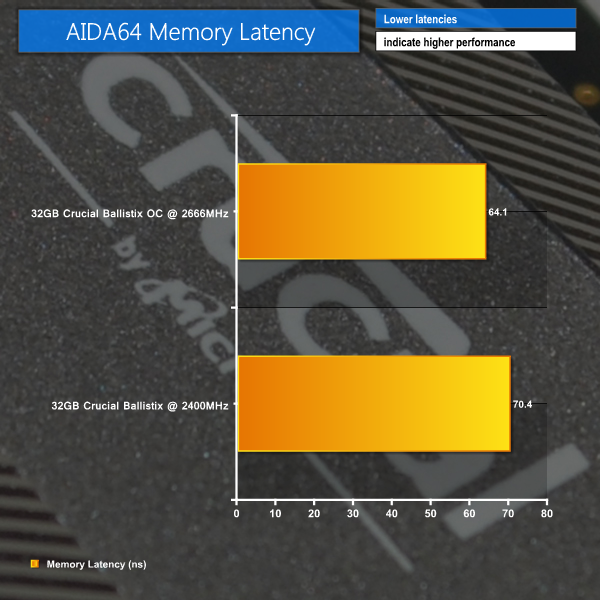
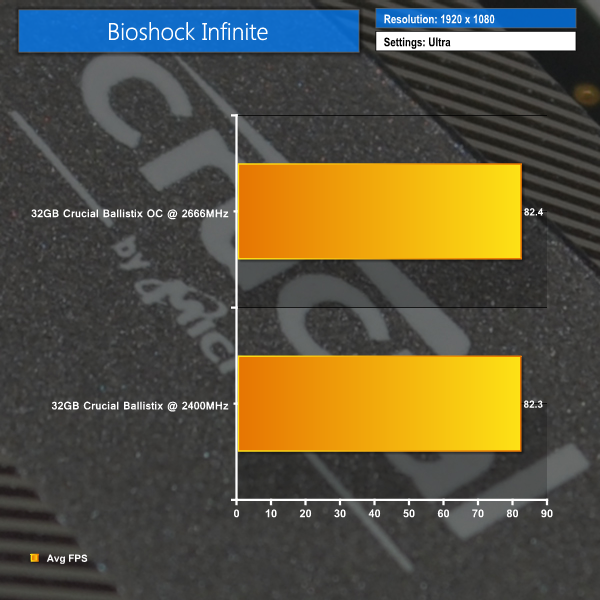

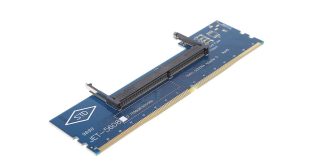
The fact that DDR4 offers no tangible system performance increase over DDR3 with real applications is a good reason to not get suckered into buying empty promises with DDR4 which is intended for servers.